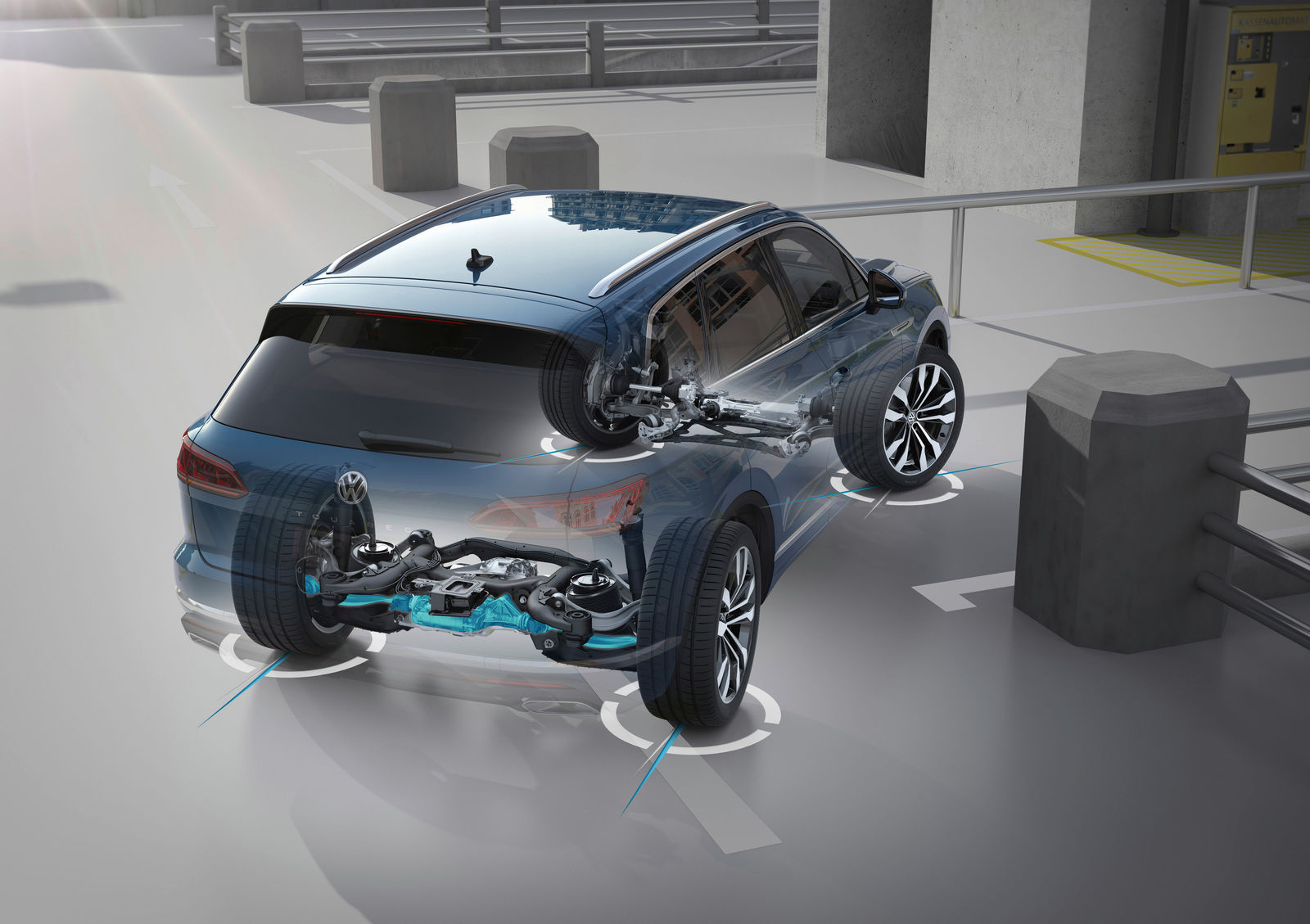Mastering the Dance: Exploring Four-Wheel Steering in Cars

by AutoExpert | 7 February, 2024
Today is about diving into the world of cars that practically dance on the road thanks to something called four-wheel steering (4WS) or all-wheel steering (AWS). Remember those '80s vibes? Well, cars like the Nissan 240SX and the iconic Skyline were already flirting with 4WS back then. And let's not forget, GM was all in with its Quadrasteer on some beefy SUVs and trucks in the early 2000s.
So, what's the deal with all-wheel steering, and why should you care? Imagine having a car that not only steers with its front wheels but also gets its rear wheels in on the action. Depending on how you're driving, these clever back wheels can either move with the front ones for a graceful highway glide or do their own thing in tight spots, making U-turns a breeze.

Now, Porsche and Volkswagen have been playing it cool for ages, giving their cars a bit of passive rear-wheel magic for extra stability in those oh-so-fun corners, without adding any extra gadgets. But when you grab that steering wheel, modern systems kick in, tailoring the rear wheels' moves to make the ride smoother and, frankly, more fun.

Why Bother with Four-Wheel Steering?
So, here's why car makers are all over this tech. At high speeds, those rear wheels turning with the front ones make your car steadier and more confident on the road. It's like having a longer car without the hassle of parking one. And at low speeds, when the rear wheels do their own thing, you can zip into parking spots with the agility of a much smaller ride. Systems these days are smart, running off a computer that takes cues from a bunch of sensors to figure out just how much help the back wheels should give.

The Ups and Downs
Alright, so four-wheel steering sounds pretty awesome, right? You get a car that's easier to park, steadier at speed, and overall just snappier to drive. And for those off-road adventurers, imagine your ride crab-walking through tight spots thanks to 4WS. But, it's not all sunshine and rainbows. Adding 4WS means a bit more weight, some extra bits to maintain, and, let's be honest, a few more things that could go kaput. Plus, if someone decides to give your car a love tap from behind, it might hit your wallet a bit harder come repair time.

Is Rear-Wheel Steering the Same?
All-wheel steering, rear-wheel steering—it tends to get confusing. However, when you hear that a car has rear-wheel steering, it is kinda obvious. Adding 4WS to the mix means both ends of your car are getting in on the action, steering-wise. But if we're talking about something like a forklift, then yeah, rear-wheel steering is its own thing.
Which Car Rocks Four-Wheel Steering?
This technology is present in many rides nowadays; take your pick: Audi, Ferrari, Porsche, BMW, etc. GMC Hummer EV Pickup and Tesla Cybertruck have adopted it, too.

The Verdict
Four-wheel steering is exactly what you need if you’re looking for solid high-speed cruising and nimble handling. It fits perfectly bigger-sized cars, but sports cars are also very much benefiting from it. It does come with an extra to the base price but it’s definitely worth it if you value sharp turns and smooth rides.
FAQs Quick Hits
- Cost? It's often part of a package deal, but on something like the Audi Q7, it's an extra $1,500.
- First car with AWS? Mazda's 1984 MX-02 concept kicked things off, but it hit the road with Mazda and Nissan in the late '80s.
- Extra weight? Not too much, just about 13.2 pounds in some setups.
- Rear wheel turning angle? It varies, but the latest Merc S-Class can swing its back wheels up to ten degrees.

Four-wheel steering: a little bit of automotive ballet that makes cars more fun to drive and easier to handle, whether you're dodging cones or conquering the great outdoors.

















